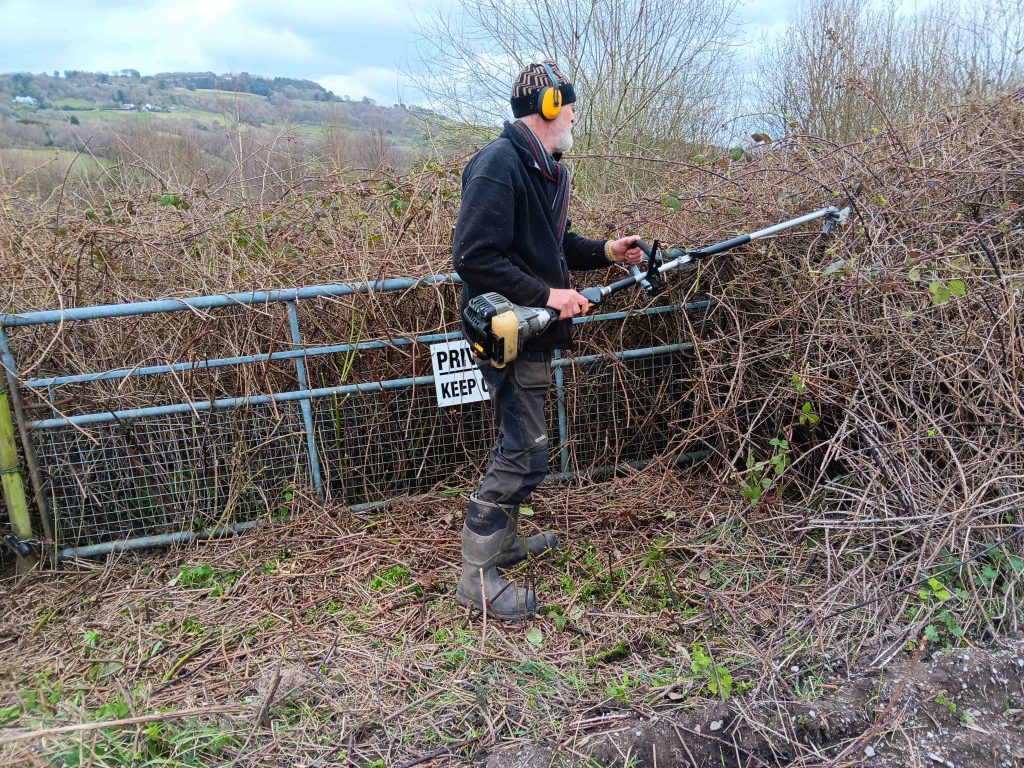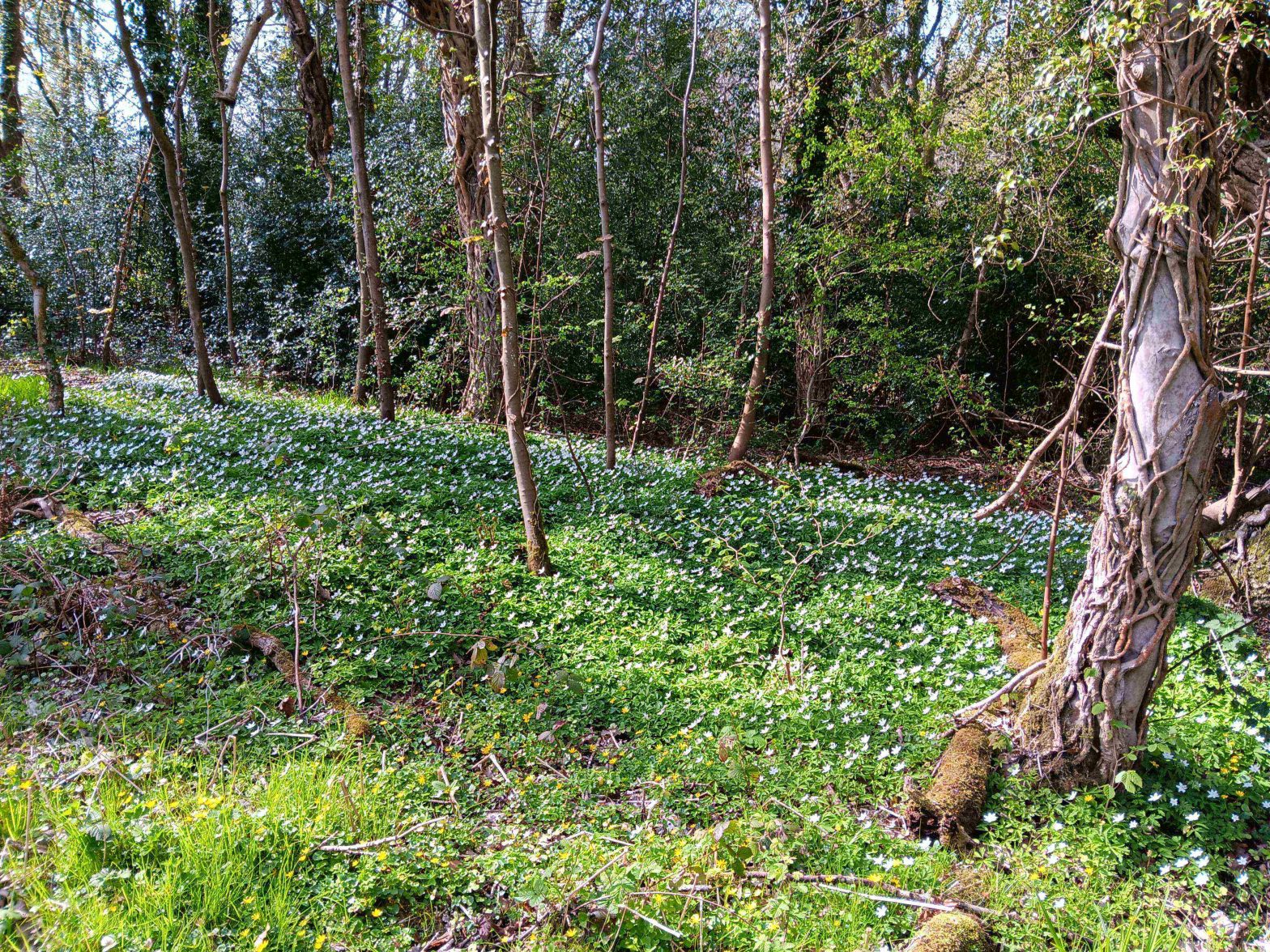Nine months ago we viewed some land for sale – a mix of grazing and woodland. When I say viewed, I mean we saw a few small patches here and there because the majority of it was covered in impenetrable brambles! We took the plunge, made an offer and it was accepted. The subsequent buying process was a nightmare.
But you don’t want to hear about that, so let’s fast forward to the end of March 2025. We became the proud owners of….of….23 acres of….potential!
The worst land in the best location?
Remember Location Location Location? Kirsty and Phil always said “buy the worst house on the best street, not the best house on the worst street”. Well, let’s hope this adage applies to land as well as houses!
The location is perfect. It’s just over the road from our current rented land, which we’ll continue to use for the foreseeable future. This means we can easily pop across to do work on the new place and the horses can gradually be introduced to it. They won’t have to experience a disruptive, scary big move to a new home.
There are loads of lovely places to ride in the area, and it’s easily accessible for WiseHooves clients.
But it is probably the most neglected land I’ve ever seen!
The ‘grazing’
The top grazing field has been left for…. How long? No one quite knows, probably decades. We have seen a photo of it as a lovely grazing field, taken in the 1980s! Years of neglect meant the brambles took over – dense, 4-foot-high brambles.
“You’ll never be short of blackberry crumble,” my brother optimistically pointed out.
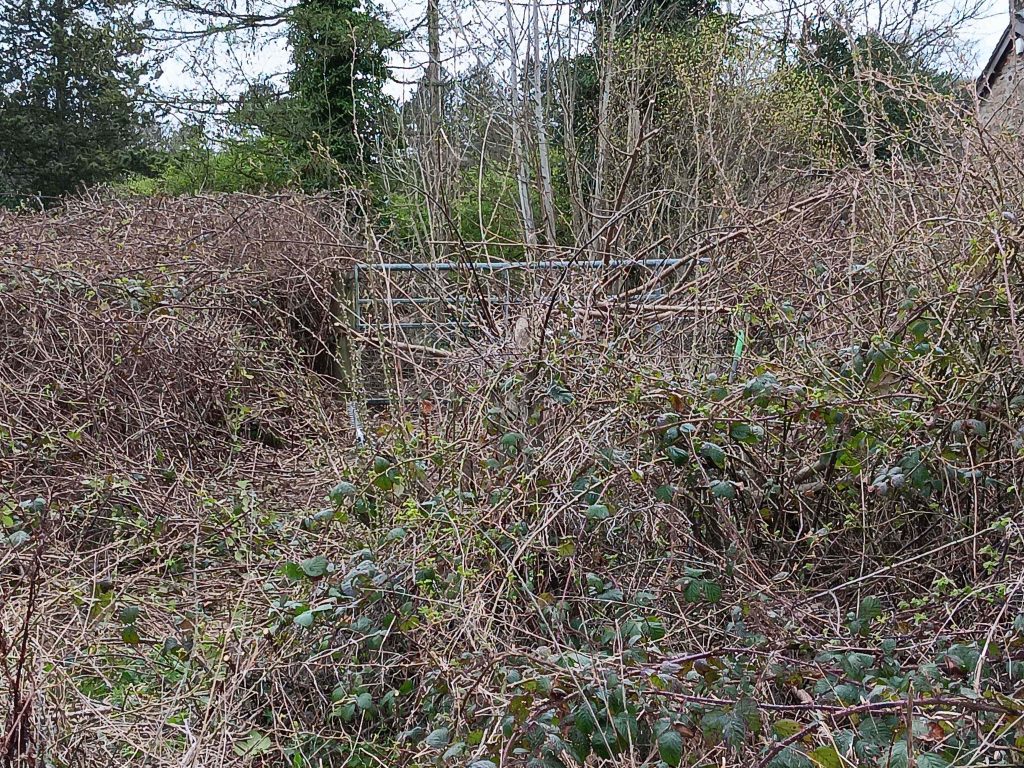
Trees like willow have self-seeded in stands across the field. An internal fence completely disappeared. Simon spotted the glimmer of a white sign buried deep in the brambles. After an hour or two with a strimmer on our first day as owners, we found a ‘PRIVATE’ sign attached to a gate – a gate that none of the neighbours had ever seen before, it had been buried for so long!
This field is maybe a quarter of the property. There’s another field down by the river. Some neighbouring ponies have been sneaking in there, keeping the brambles at bay in most of the field. However, this field also sports a large infestation of Himalayan balsam in the summer, and a patch of the dreaded Japanese knotweed that will have to be fenced off and a treatment plan started.
When we first viewed the land, we saw the JK and almost backed out. Everyone is terrified of the stuff. But actually, after a super-stressful nine-month conveyancing process, a relatively small patch of JK now seems like a minor problem to sort out.
The woods
About half the land is wooded. There’s a conifer wood. It supposedly started as a Christmas tree plantation that was abandoned. Another section of deciduous wood was planted in maybe the 1990s, with the intention of harvesting it. That also never happened, so it’s now an overcrowded woodland with trees that haven’t really had enough space to grow – except upwards. Finally, there are older trees around the boundaries and riverside, many in need of TLC and some have already fallen.
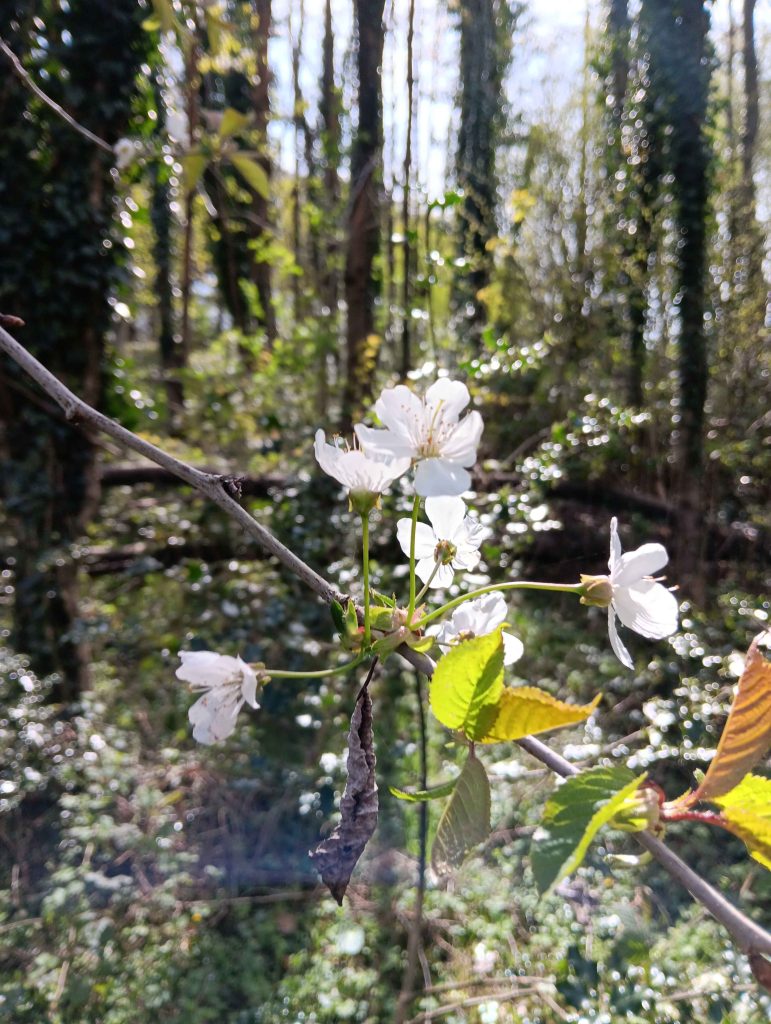
We’ll be working with a forestry consultant to develop an initial 10-year woodland management plan to help make these neglected woodlands more healthy. We want to start them on a journey to becoming a beautiful old woodland instead of a poorly planned and then abandoned business venture.
The river
There’s a long boundary along the River Goyt. Some of it is accessible and other parts have steep banks. Right now – after a couple of dry months – the river looks peaceful and idyllic. But this can be a very fast and powerful river, so we also have plenty of work to do to check and secure the fencing on the steep banks.
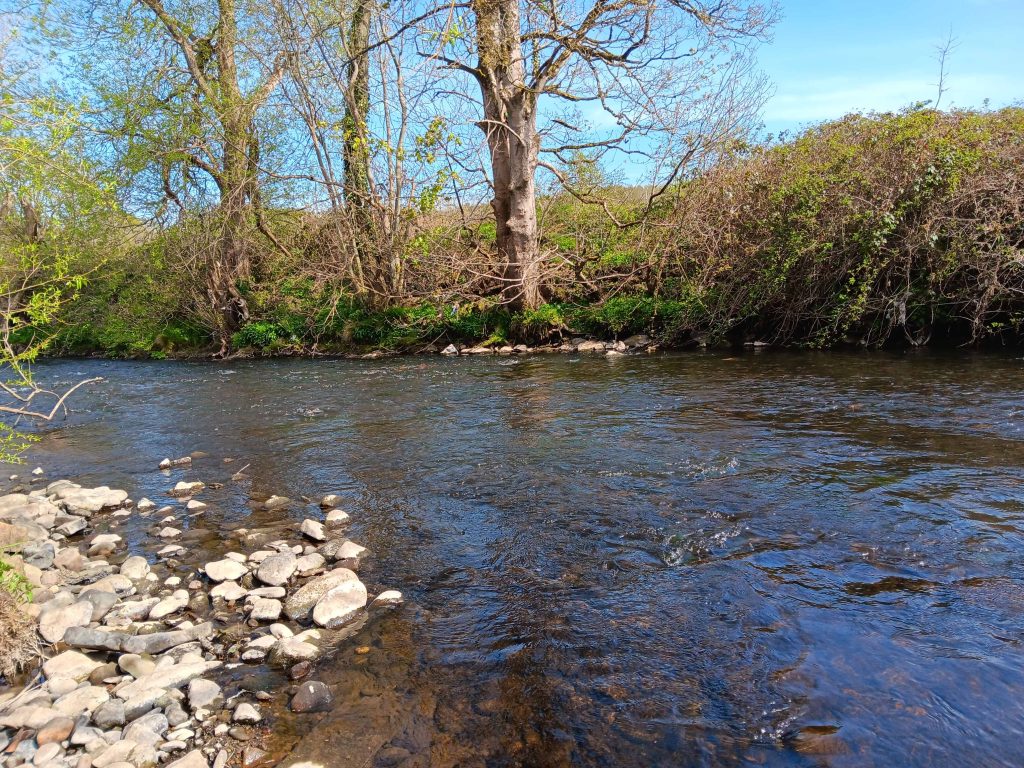
Inevitably, the river bank suffers from loads of plastic polution, like every waterway these days. So we’ll have an ongoing challenge to remove the rubbish that washes up on our stretch of the Goyt.
Watch this space
We’ve already started work, so watch out for progress updates here, when we can find the time and energy!
